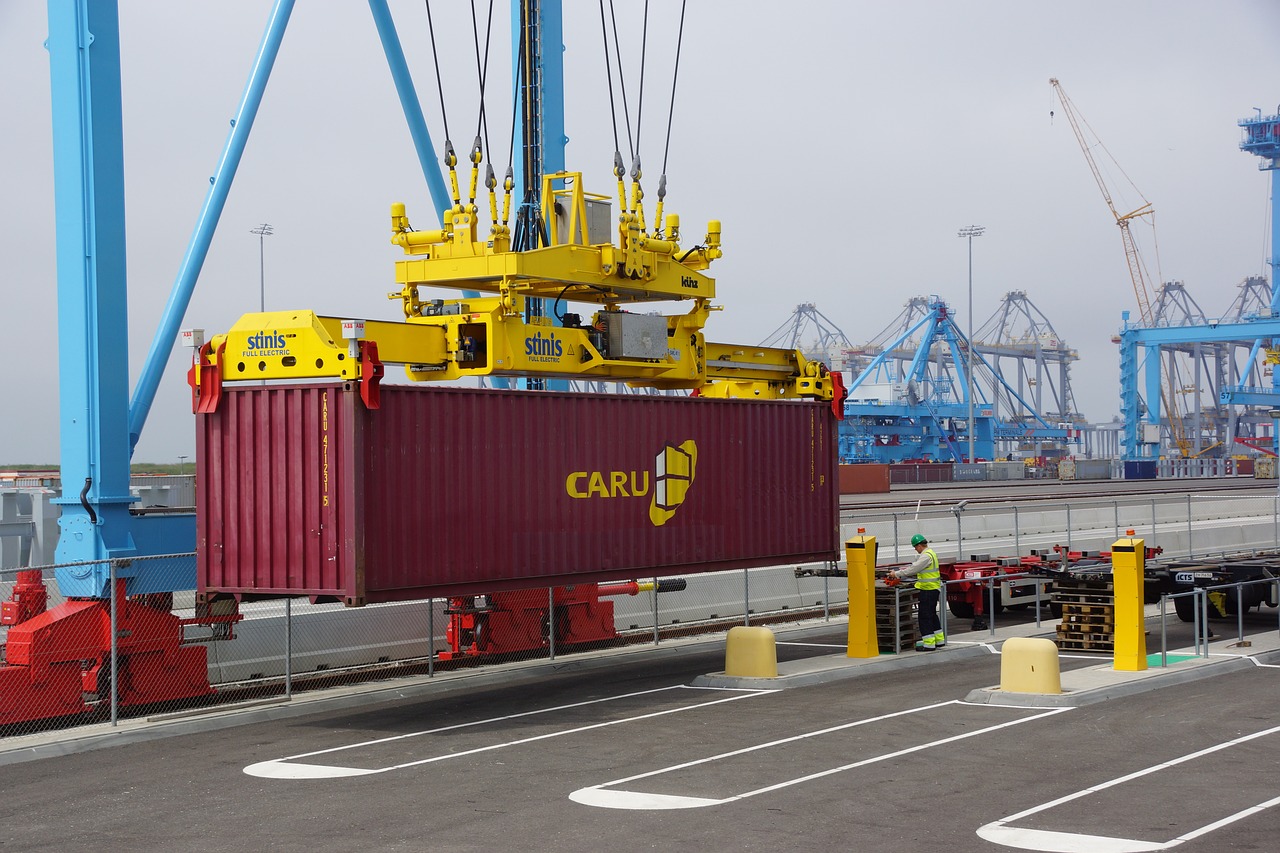
I. What is the basic process of acting as an export agent for alcoholic beverages?
Liquor agency exports must comply withSix-Step Standard Process:
- Qualification Review: Verification of the manufacturers Food Business License and Alcohol Production License
- Conditions of TradeNegotiation: Clarify responsibility division under FOB/CIF terms
- Export Filing: Completed CustomsExport foodProduction enterprise records
- Inspection of vaccinesObtain the CIQ Health Certificate (additional sulfur dioxide testing required for wine)
- International Shipping: Choose temperature-controlled containers (wine requires 15-18℃)
- Customs clearance in destination country: Provide Certificate of Origin, Health Certificate and other documents
II. What special qualifications are required for exporting alcoholic beverages?
In addition to regular import and export rights, special attention should be paid to:
- Production End Qualifications:
- Alcohol Production License (QS/SC Number)
- Export Food Production Enterprise Filing Certificate
- Circulation End Qualification:
- Liquor Circulation Filing Registration Form
- Classification and Identification Report of Hazardous Characteristics (Spirits with Alcohol Content >24%)
III. What tax issues are involved in exporting alcoholic beverages?
Tax treatment requires attention to three key points:
- Value-Added Tax: Zero tax rate applies to exports, and special invoices need to be prepared for tax refunds
- Consumption Tax: Distilled spirits (such as baijiu) are subject to a 20% ad valorem tax plus a specific tax of 0.5 yuan per jin.
- Tariff Prediction: Research target country tax rates (e.g., US wine tariff $0-1.9/liter)
Latest in 2025Export tax refundIn the policy, the VAT refund rate for wine remains at 13%, while beer is subject to a 16% rate. It is recommended to conduct a tax simulation before export.
IV. How to ensure the quality of alcoholic beverages during international transportation?
Transportation links need to be implementedTriple Protection:
- Packaging requirements:
- Glass bottles separated by EPE pearl cotton partitions
- Place a humidity indicator card inside the container (recommended to maintain between 60-70%)
- Transportation Monitoring:
- Install temperature recorder (data retention until 90 days after customs clearance)
- Avoid mixing with goods that have strong odors
- Insurance Coverage:
- Insure under Institute Cargo Clauses A
- Additional Risk of Clash and Breakage (especially for ceramic-bottled baijiu)
V. Which countries have the strictest customs clearance requirements?
According to 2025 customs data, special attention should be paid to:
- Middle Eastern countries: Require Arabic labels and Halal certification
- EU Region: VI1 Form (Wine) and Nutrition Facts Table required
- US Market: TTB Certification and COLA Label Approval (Approval Cycle Approximately 45 Days)
- Southeast Asian countries: Certificate of Origin Form E (ASEAN Preferential Tariff) required
VI. How to Choose a Reliable Export Agency Company?
Proposal to passFour-Dimensional Evaluation MethodScreening:
- Industry Experience: Check if they have handled export cases for similar types of alcoholic beverages
- Qualification Verification: Confirm possession of hazardous goods transportation qualifications (e.g., liquor)
- Service Network: Assess the strength of customs clearance agents in the target country
- Risk Control: Inquire about alternative transportation solutions (in case of port strikes)
May request the agency company to provide pastSample of CIQ certificateandTax Refund Foreign Exchange RecordAs proof of capability.


 Follow Customer Service WeChat
Follow Customer Service WeChat